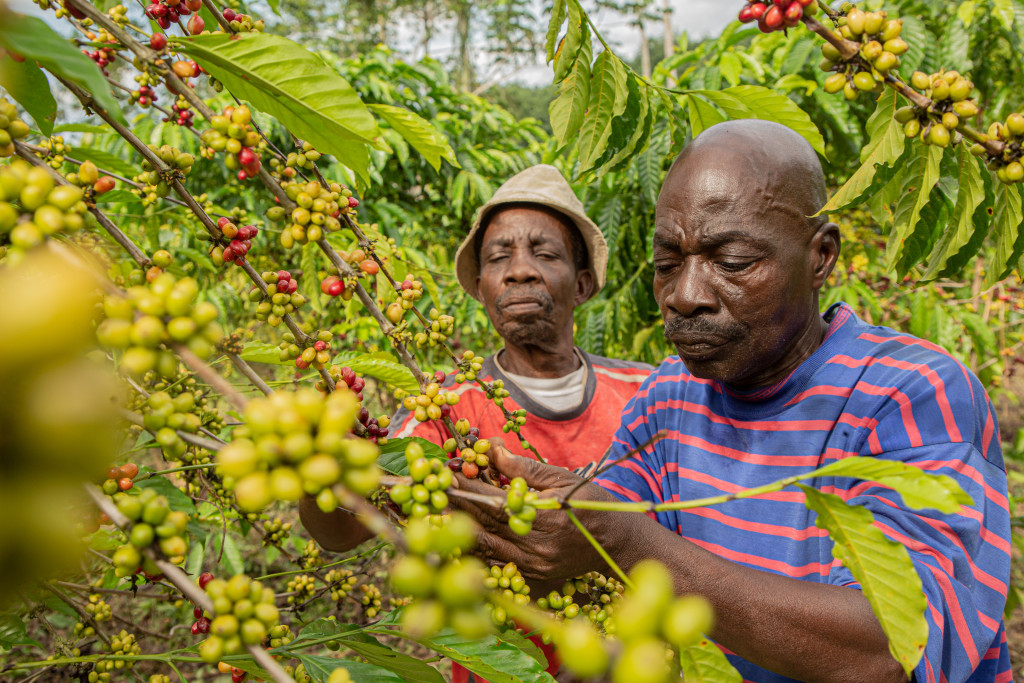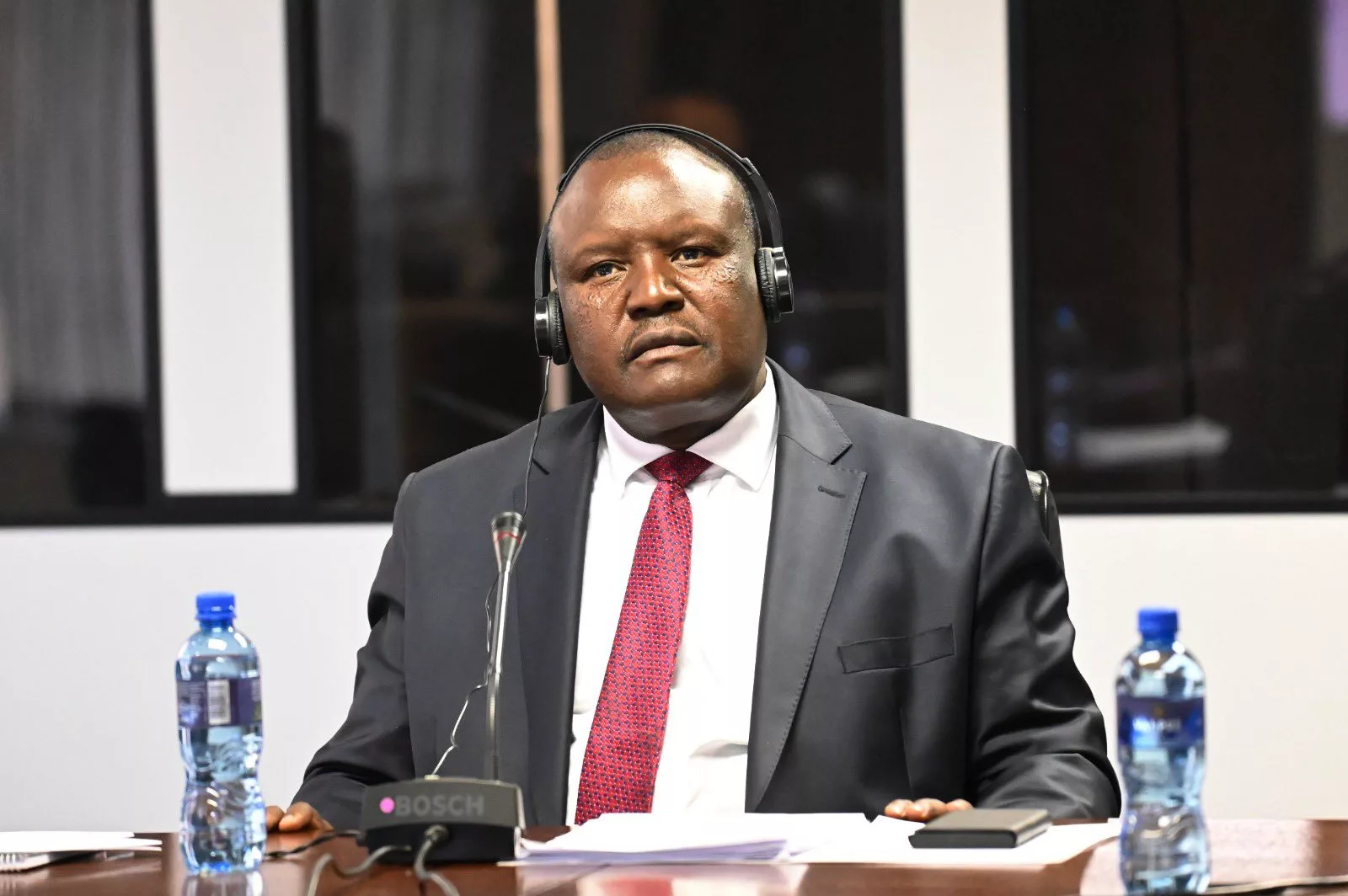|
Getting your Trinity Audio player ready...
|
Nestlé has unveiled the Nescafé́ Plan 2030 to help drive regenerative agriculture, reduce greenhouse gas emissions, and improve farmer livelihoods.
Every year, Nescafé supports around 100,000 coffee farmers and buys more than 800,000 metric tons of green coffee – that’s more than 13 million bags from more than 20 countries.
This carefully measured feat would not be possible without the Nescafé Plan, a global sustainability initiative launched in 2010 to expand responsible sourcing.
Now, Nestlé’s Head of Green Coffee Development Marcelo Burity tells Global Coffee Report that Nestlé has released the Nescafé Plan 2030, a renewed strategy to help make coffee farming more sustainable.
“We are building on a 10-year track record of the existing Nescafé Plan and accelerating our efforts to help make coffee farming of Nescafé more sustainable,” Burity says.
“The Nescafé Plan 2030 will help farmers transition to regenerative agriculture to simultaneously help improve their income and mitigate their environmental impact. This will help farmers become more resilient and much better prepared to tackle risks like climate change.”
Nestlé is investing more than US$1 billion by 2030 in the Nescafé Plan 2030. It is supported by Nestlé’s regenerative agriculture financing, following its commitment to accelerate the transition to a regenerative food system and ambition to achieve zero net greenhouse gas emissions.
In a company webinar held in October, David Rennie, Head of Nestlé Coffee Brands, told the audience that climate change is shifting temperatures and weather patterns, which is impacting farming around the globe, and coffee is no exception.
“Climate change is putting coffee-growing areas under pressure due to rising temperatures, severe droughts, and flooding. Building on the existing Nescafé Plan, we’re fast-tracking our work to help tackle climate change and address social and economic challenges in the Nescafé value chains,” says Rennie.
According to the Inter-American Development Bank, rising temperatures will reduce the area suitable for growing coffee by up to 50 percent by 2050. At the same time, around 125 million people depend on coffee for their livelihoods, according to the Fairtrade Foundation. Data from Technoserve estimates that 80 percent of coffee-farming families live at or below the poverty line. Action is needed to ensure the long-term sustainability of coffee.
“We need to act now to ensure the long-term sustainability of coffee. And Nescafé, a brand that touches the lives of hundreds of millions of people, is ideally placed for that,” Rennie says.
Burity adds that regenerative agriculture, a conservation and rehabilitation approach to farming, is one method that holds the key to such long-term sustainability. Its approach to farming aims to improve soil health and fertility, as well as protect water resources and biodiversity. Healthier soils are more resilient to the impacts of climate change and can increase yields, helping to improve farmers’ livelihoods. To make the transition, Nescafé will provide farmers with training, technical assistance, and high-yielding coffee plantlets.
“Some of the regenerative practices that will be applied specifically to coffee include planting cover crops to help protect the soil. It also helps add biomass to the soil, which can increase soil organic matter and thus soil carbon sequestration,” Burity says.
“Nescafé will stimulate farmers to incorporate organic fertilisers to contribute to soil fertility, which is essential for good soil health, and increase the use of agroforestry and intercropping to preserve biodiversity. The company will also facilitate pruning of existing coffee trees or replacing them with disease and climate-change-resistant varieties, which will help rejuvenate coffee plots and increase yields for farmers.”
Nescafé will work with coffee farmers to test, learn, and assess the effectiveness of multiple regenerative agriculture practices. To do this, Nestlé has developed a framework that includes a definition of regenerative agriculture, regenerative agriculture practices and key performance indicators, based on a holistic approach.
“Regenerative agriculture is an enabler to deliver lower emissions and higher farmer incomes,” Burity says.
The roasting giant will focus on seven key origins from where the company sources 90 percent of its coffee: Brazil, Vietnam, Mexico, Colombia, Côte d’Ivoire, Indonesia, and Honduras.
Philipp Navratil, Head of Nestlé’s Coffee Strategic Business Unit, told the webinar audience that as one of the world’s leading coffee brands, Nescafé aims to have a real impact on coffee farming globally.
“We want coffee farmers to thrive as much as we want coffee to have a positive impact on the environment. Our actions can help drive change throughout the coffee industry,” says Navratil.
“Nescafé has a long history of supporting thousands of farmers across the globe, and I’ve had the privilege to visit many coffee farmers. I’ve always felt humbled by their dedication and hard work, but also their social and economic challenges. But with being the world’s largest coffee brand also comes the responsibility to act and to lead the sustainable developments for the benefit of coffee farmers and the coffee industry at large.”
Navratil says regenerative agriculture is one such sustainable development that contributes to drawing down carbon dioxide from the atmosphere and reducing greenhouse gas emissions. It’s, for this reason, it forms a key part of Nescafé’s Zero Net roadmap, a commitment to halve greenhouse gas emissions by 2030 and reach zero net greenhouse gas emissions by 2050. It will work with farmers, suppliers, and partners to help protect agricultural lands, enhance biodiversity and help prevent deforestation. The brand also intends to help farmers plant more than 20 million trees at or near their coffee farms.
The Nescafé Plan’s 10-year achievements include the implementation of impact assessment of field programs in partnership with the Rainforest Alliance across 14 countries and achieving a 46 percent reduction in greenhouse gas emissions in soluble coffee factories per tonne of product. Nescafé has also reached 53 percent less water withdrawal in soluble coffee factories per tonne of product.
The company is committed to supporting farmers who take on the risks and costs associated with the move to regenerative agriculture. It will provide programs that aim to accelerate the transition to regenerative and resilient agriculture, starting with pilots in Mexico, Côte d’Ivoire and Indonesia, where Nescafé will trial a financial support scheme for smallholders and learn the best approach for each country.
“These could include measures such as conditional cash incentives for adopting regenerative agriculture practices, income protection using weather insurance and greater access to credit lines for farmers,” says Burity.
The brand aims to achieve 100 per cent responsibly sourced coffee by 2025, 20 per cent of coffee sourced from regenerative agricultural methods by 2025, and 50 per cent by 2030.
Tiago Camiletti, a coffee farmer from Brazil, told the webinar audience that what the Nescafé Plan has achieved thus far, has proved to him and other coffee producers that it’s possible to produce more with less.
“It’s possible to have increased productivity while taking care of the health of the soil as well as nature,” Camiletti says.
“What I hope, for myself and the future of coffee production is that I can remain, in a sustainable way, in coffee farming, because as I always say, I am passionate about growing coffee. The income is a result of my work, but ultimately, I hope my children can continue our work and be coffee growers themselves.”
Burity adds that Nescafé will track the progress and assess the results of its field programs with coffee farmers through its Monitoring and Evaluation partnership with Rainforest Alliance.
“This will allow us to assess the evolution of adoption of regenerative agriculture practices and understand farmer household income. We are also working with partners such as the Sustainable Food Lab for farmer income measurement, PUR Project for agroforestry and the International Centre for Tropical Agriculture (CIAT) for regenerative agriculture, ensuring we have subject matter expertise embedded in the Nescafé Plan 2030,” says Burity.
He says that the field programs have positively impacted hundreds of thousands of farmers across many countries, and impact assessments carried out by Rainforest Alliance have shown optimistic results.
“In Mexico, the productivity of farms has increased by 50 percent since 2014, driven partly by renovating coffee farms with improved varieties. In Côte d’Ivoire, the productivity of farms has increased by 10 percent since 2015 partly by adopting pruning practices, and in Vietnam, farmers have lowered their cost of production by 15 percent since 2014, using 70 percent less water with more efficient irrigation techniques,” says Burity.
Despite the achievements of the Nescafe Plan 2030, Nestlé’s Navratil says sustainability is a journey that can’t be undertaken alone.
“To this end, we invite all stakeholders to continue supporting us in the Nescafé Plan 2030 as we accelerate ambitions and aim to create a long-lasting impact on the coffee value chain,” says Navratil.
“I truly believe if all key players including coffee famers, organisations, governments, coffee traders, roasters, and consumers work together, we can achieve our common vision of a sustainable and more regenerative coffee sector.”






